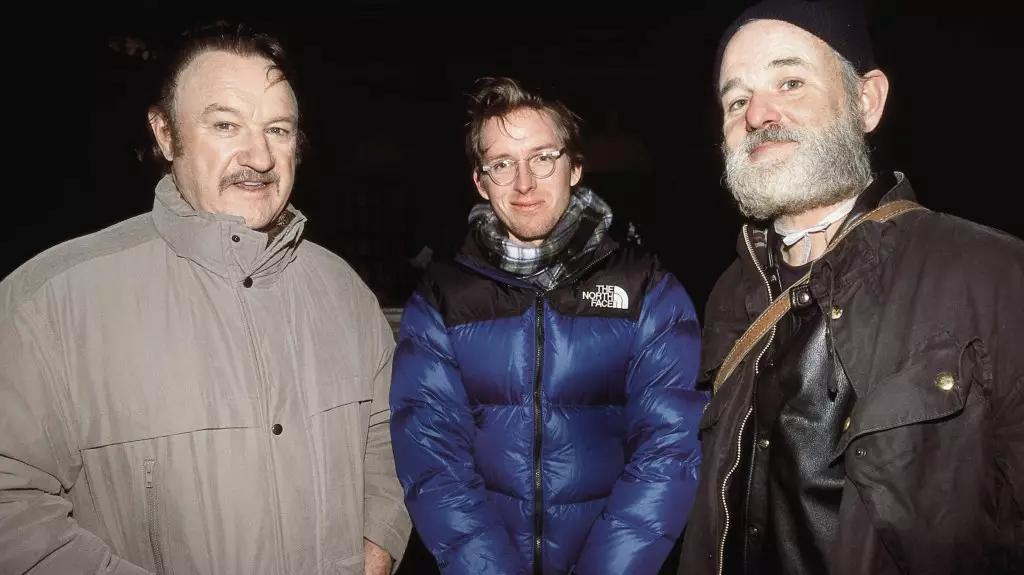Wes Anderson’s films are visual feasts, brimming with meticulously crafted worlds, eccentric characters, and stylized narratives. However, behind the colorful exteriors lies a director keenly aware of his budgetary limitations. With the upcoming premiere of “The Phoenician Scheme” at Cannes, Andrson acknowledged his strategic approach to keep production costs manageable while maintaining the elaborate set designs his films are known for. This is crucial in an industry where skyrocketing budgets can often compromise artistic integrity. Anderson’s genius lies in his ability to create immersive environments without the need for frivolous expenditure, thus proving that less can indeed be more in filmmaking.
Flat-Fee Salaries: A Unique Equation
One of the standout features of Anderson’s filmmaking philosophy is his practice of employing a flat-fee salary structure for his cast and crew. This method, rooted in his experience during the production of “Rushmore,” has elicited mixed reactions from Hollywood veterans. For instance, legendary actor Gene Hackman was infamously displeased with this approach, which showcased the friction often inherent in established actors working with emerging directors. While actors like Bill Murray adapted smoothly, others found such constraints challenging. This dynamic illustrates a broader commentary about generational shifts within Hollywood, where newer filmmakers often have to navigate the temperaments of seasoned professionals who may view budgetary limitations with skepticism.
Understanding Artistic Representation
Anderson’s candid reflections on his relationship with Hackman reveal the often unspoken trials that accompany artistic collaboration. Their tensions stemmed not just from financial disagreements but also from a generational disconnect in understanding the film’s artistic vision. Anderson regretted not providing Hackman with an early glimpse of the film, believing it might have bridged the artistic gap between the seasoned actor and his young director. This instance embodies a vital lesson for aspiring filmmakers: open communication is paramount, especially in collaborative environments where creative visions must mesh seamlessly.
The Tough Nut Philosophy
Bill Murray’s recent comments about Hackman being a “tough nut” reinforce the complexities surrounding collaborative artistry. Not only did their interactions shape the filming experience, but they also created a narrative about the challenges that arise when creative geniuses collide. Murray addressed the duality of Hackman’s character: challenging yet immensely talented. This paradox speaks to the notion that high expectations and artistic demands can provoke friction, but they can also yield profound artistic breakthroughs.
Legacy Through Friction
As Anderson reflects on those who contributed to his films, it’s clear that the friction experienced on set paints a complex picture of legacy. The creative disputes that may initially seem detrimental often lead to richer storytelling and deeper artistic connections. Anderson’s candidness about his experiences allows both audiences and fellow filmmakers to consider that greatness often requires navigating the stormy waters of interpersonal relationships.
In the end, whether it be through budgetary constraints or the heat of artistic debate, Anderson’s journey serves as a reminder that the path to cinematic excellence is rarely smooth.
